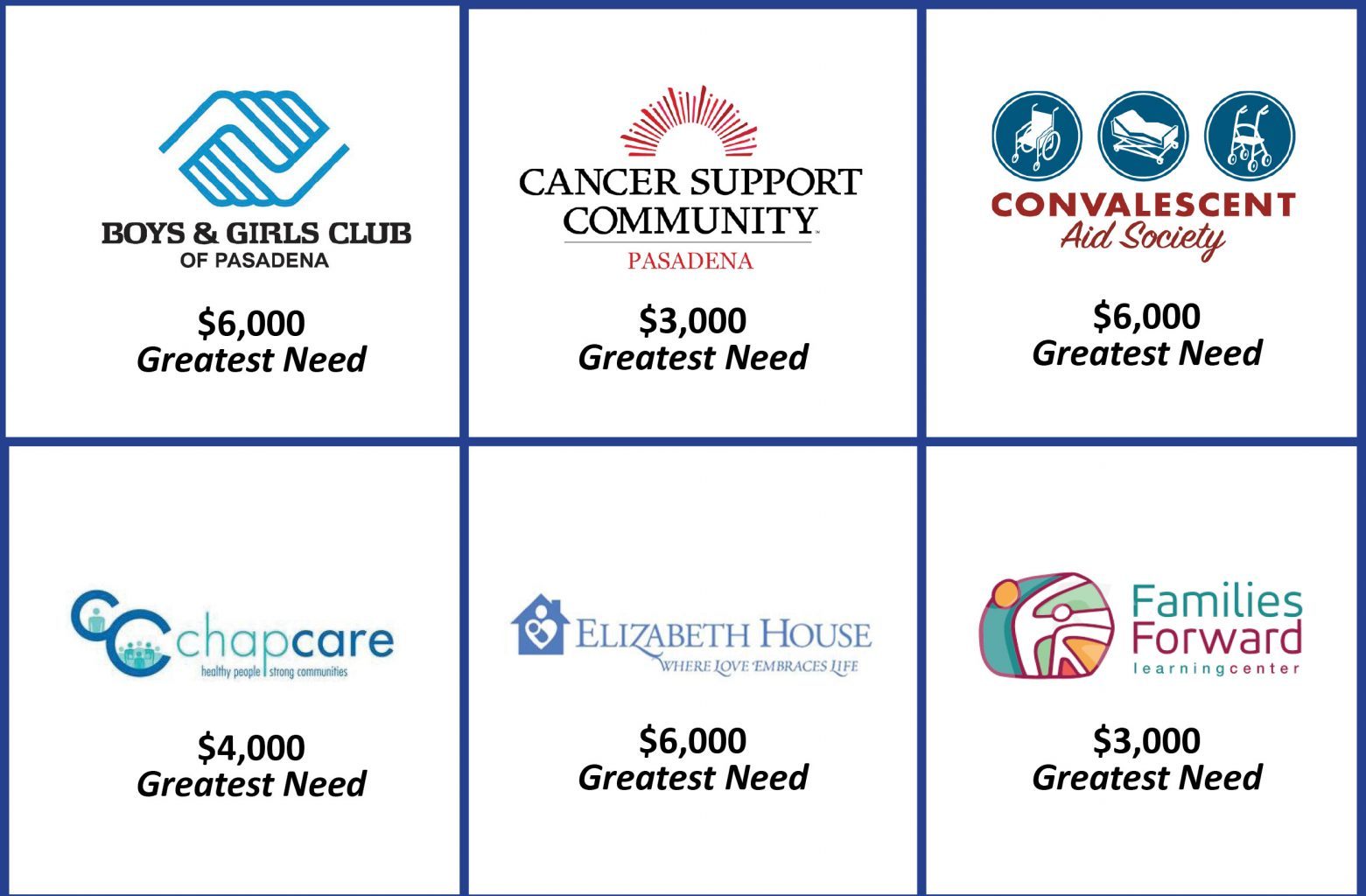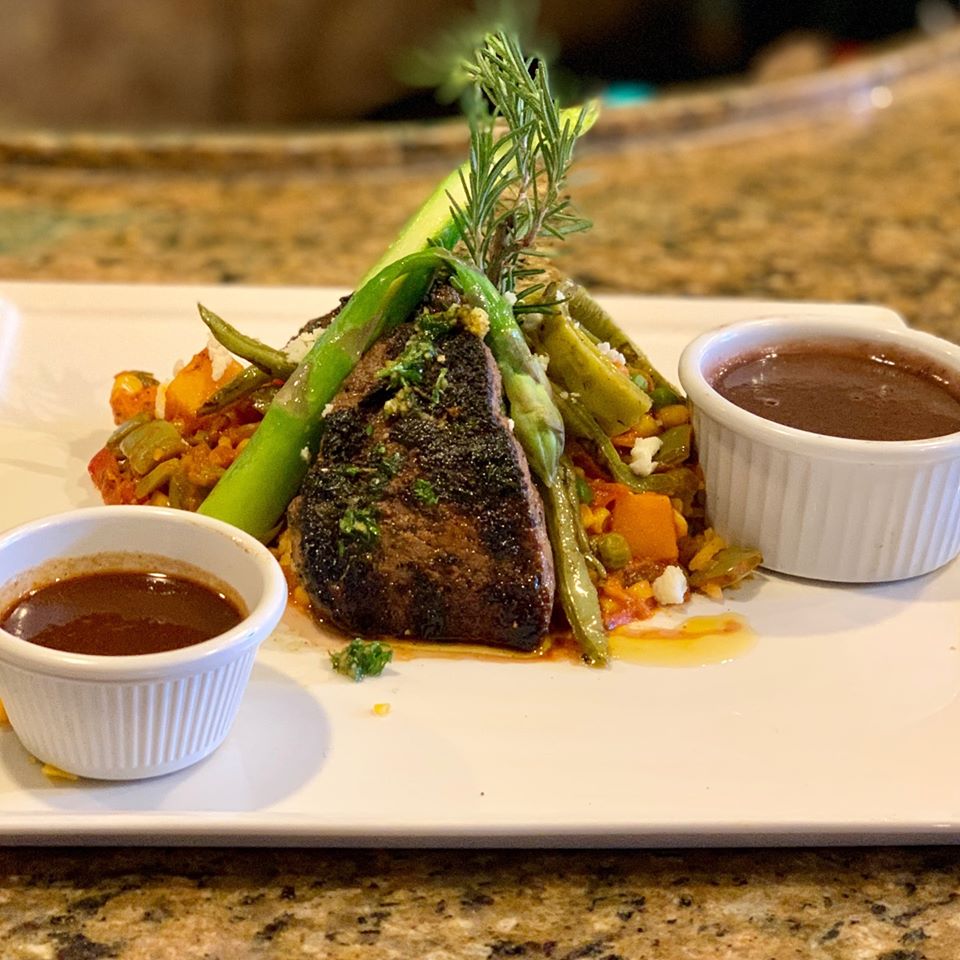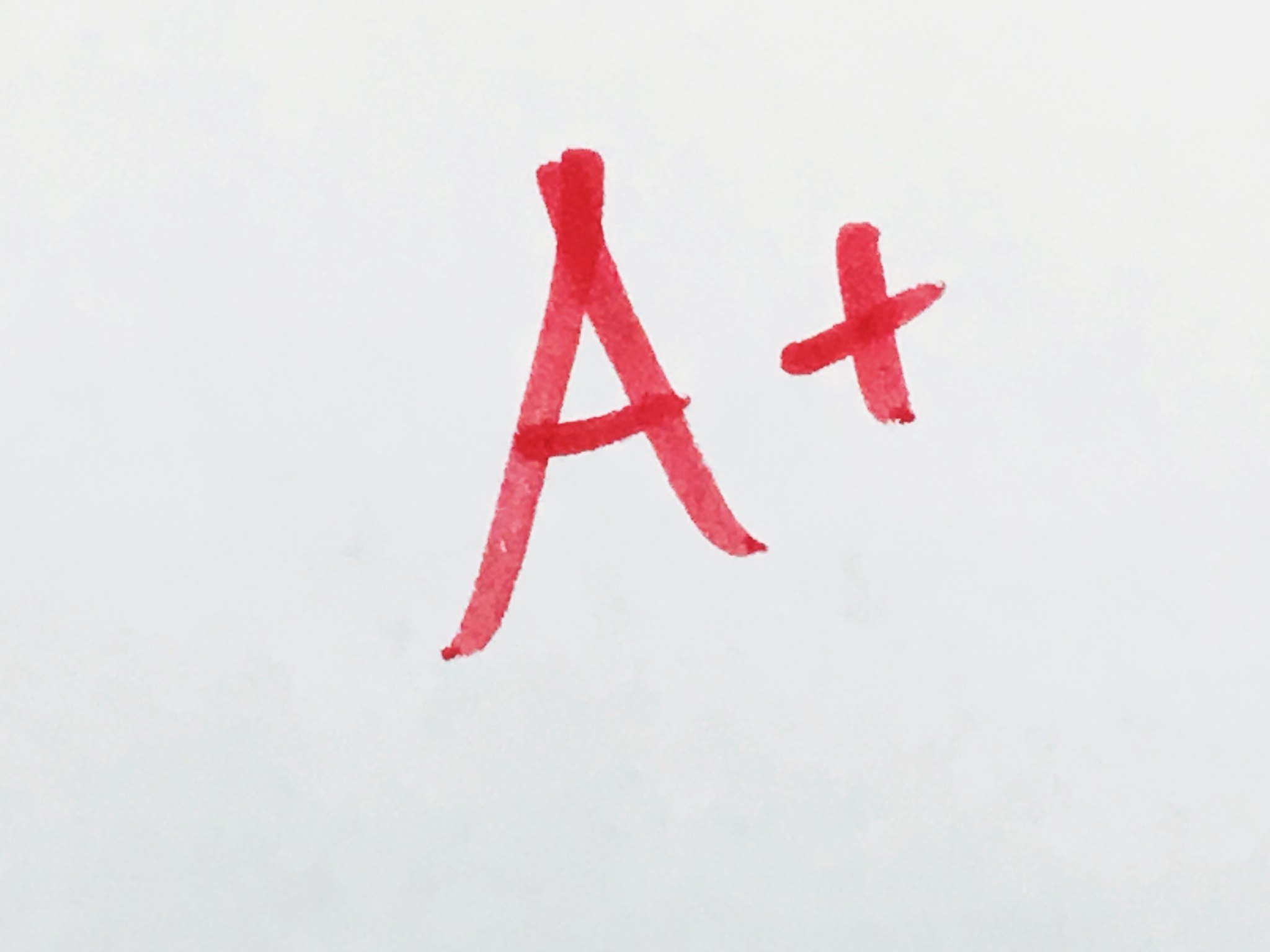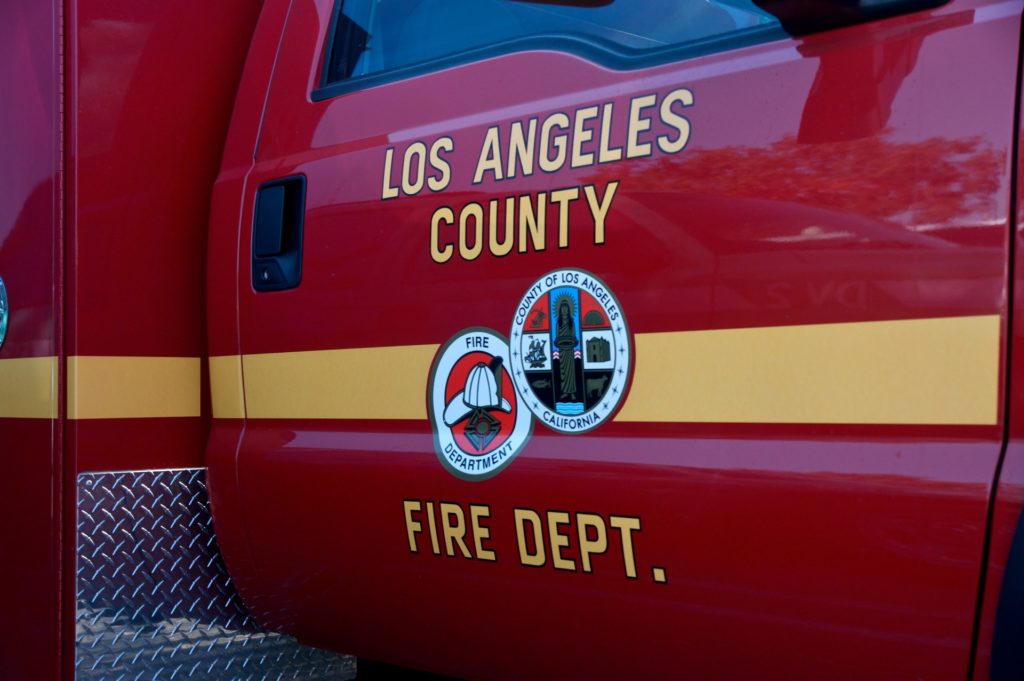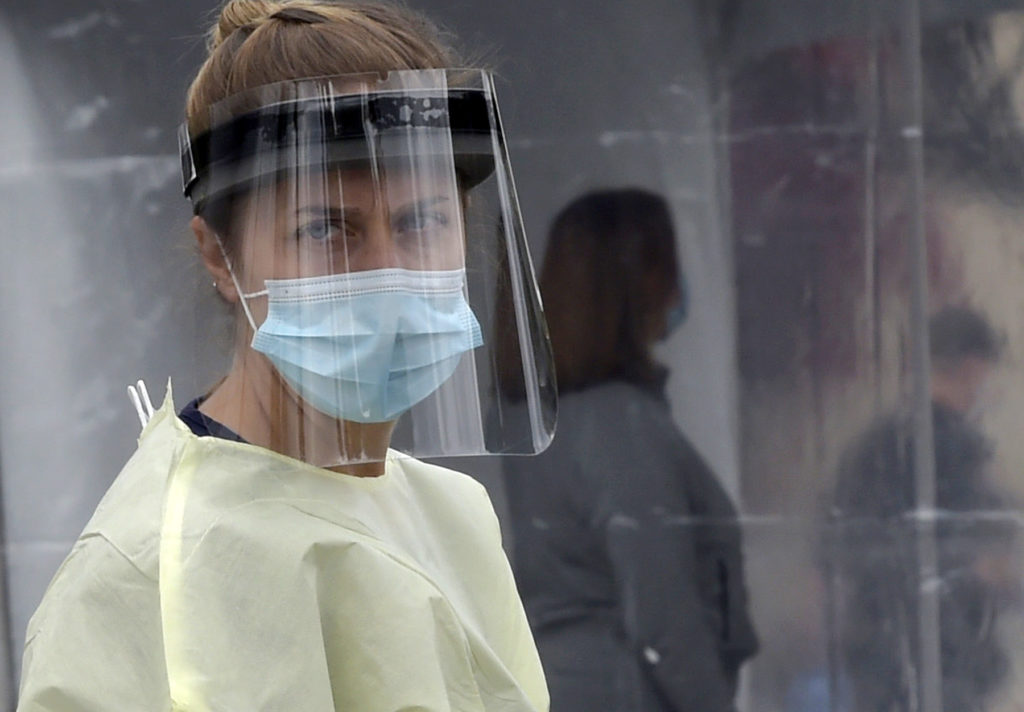
People are finally wearing facemasks in public
By Terry Miller
Apple indeed has proved to be a little ahead of the curve, especially with their application known as FaceTime. Little did Tim Cook realize, however, just how important its name would become.
From the beginning, the pandemic we know as COVID-19 has worried the world. The debate, however, has been ongoing as to the importance of face coverings for the average man on the street.
Now into the later part of the virus — hopefully — it has become mandatory for almost everyone to wear a mask at all times but especially when going out in public, in the workplace or simply to the market.
The COVID-19 pandemic of 2020 is not the first time health experts have suggested masks as a preventative measure.
“In 1911, a deadly epidemic spread, The Manchurian Plague, ripped through China and threatened to become a pandemic. The origins appeared to be related to the trade in wild animals, but at the time no one was sure.
“Lockdowns, quarantine measures, the wearing of masks, travel restrictions, the mass cremation of victims, and border controls were deployed to try to lower the infection rate. Yet more than 60,000 people died in modern-day northeast China, making it one of the world’s largest epidemics at the time.
“When the disease was eventually brought under control, the Chinese government convened the International Plague Conference in the northern city of Shenyang — close to the epicenter of the outbreak,” CNN says.
Dr. Wu Lien-teh, a Cambridge-educated Chinese physician who pioneered the use of masks during the Manchurian Plague, began post-mortem exams of victims and established the disease as a pneumonic plague and not bubonic. He also heavily recommended the wearing of face masks.
Masks were again in the spotlight to combat the 1918 Spanish Flu. A second wave of the Spanish Flu pandemic surged in December 1918 and San Francisco’s health officer again urged people to wear masks voluntarily after the populace shirked masks when cases decreased in November.
According to reports, left to their own devices, most citizens refused to wear masks during this serious second wave. Businesses, concerned about Christmas sales, opposed the requirement as did some unions, reports Tim Mak, NPR’s Washington investigative correspondent.
Mak reports that “Challenges of constitutionality were heard. Christian Scientists objected, arguing that it was ‘subversive of personal liberty and constitutional rights.’ Civil libertarians argued that if health officials could force them to wear masks, then it could force them to inoculate ‘or any experiment or indignity.’”
Sentiment in San Francisco was so strong against masks that several influential San Franciscans, including a few physicians as well as a member of the Board of Supervisors, formed “The Anti-Mask League.”
Compulsory face-mask laws were so unpopular in San Francisco that at one point an arrest for refusal to wear a mask turned violent. A reporter for The Bellingham Herald described the incident:
“On October 27, 1918, a special officer for the board of health named Henry D. Miller shot and severely wounded James Wisser in front of a downtown drug store at Powell and Market street, following Wisser’s refusal to don an influenza mask. According to the police, Miller shot in the air when Wisser first refused his request. Wisser closed in on him and in the succeeding affray, Miller shot him in the leg and right hand. Wisser was taken to the central emergency hospital, where he was placed under arrest for failure to comply with Miller’s order.”
As the epidemic faded, San Francisco lifted the mask order. As Business Insider reports, “By the end of February 1919, the city’s death count had reached 3,213, nearly doubling from 1,857 in November.”
Despite a few naysayers and questions of efficacy, masks might help prevent people with COVID-19 from unknowingly passing along the virus.

